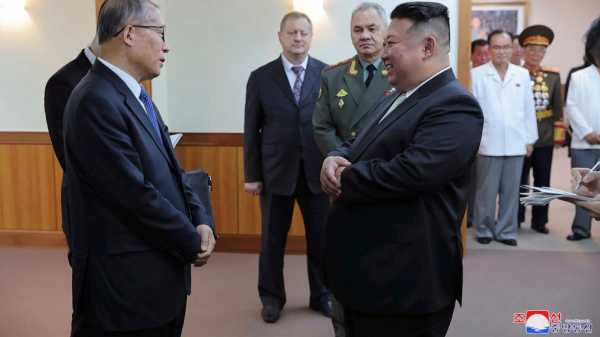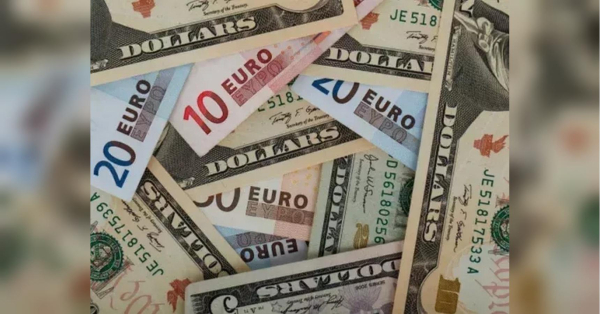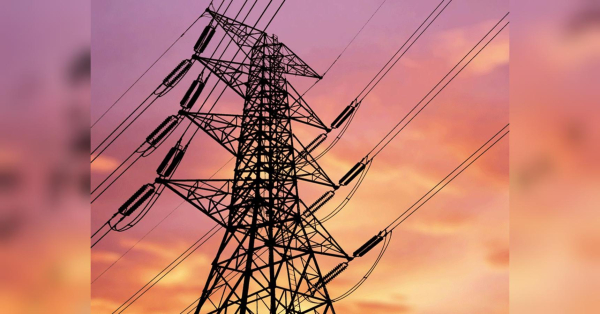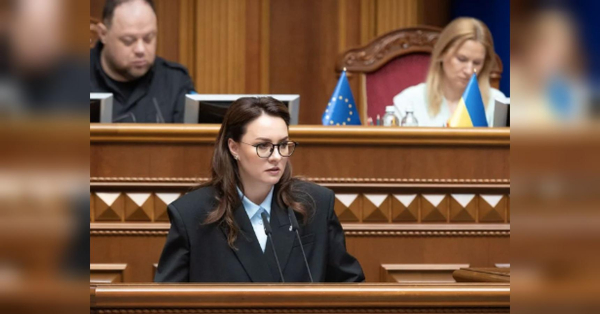
SEOUL, South Korea — North Korean leader Kim Jong Un met with Russian Defense Minister Sergei Shoigu to discuss military issues and the regional security environment, state media said Thursday, illustrating North Korea's support for Russia's war in Ukraine as the isolated country celebrated the 70th anniversary of an armistice that halted fighting in the 1950-53 Korean War.
The North’s official Korean Central News Agency said Kim and Shoigu talked Wednesday in the capital, Pyongyang, and reached a consensus on unspecified “matters of mutual concern in the field of national defense and security and on the regional and international security environment.”
During the meeting, Shoigu conveyed to Kim a “warm and good letter” signed by Russian President Vladimir Putin, KCNA said. The report did not specify the military matters that were discussed.
North Korea has been aligning with Russia over the war in Ukraine, insisting that the “hegemonic policy” of the U.S.-led West forced Moscow to take military action to protect its security interests. The Biden administration has accused North Korea of providing arms to Russia to aid its fighting in Ukraine, although the North has denied the claim. The Kim-Shoigu meeting will help to "further boost the strategic and tactical collaboration and cooperation between the two countries in the field of national defense and security," KCNA said.
In a rare case of diplomatic opening since the start of the pandemic, North Korea invited delegations from Russia and China to attend the events marking the armistice of July 27, 1953. While the truce left the Korean Peninsula in a technical state of war, the North still sees it as a victory in the “Grand Fatherland Liberation War.”
KCNA said Kim also took Shoigu to an arms exhibition that showcased some of North Korea’s newest weapons and briefed him on national plans to expand the country’s military capabilities. State media photos and video from the exhibition showed Kim and Shoigu walking near a row of large missiles mounted on launcher trucks.
Some of the weapons in the images appeared to be intercontinental ballistic missiles that the North has flight-tested in recent months as it pursues an arsenal that can pose a viable threat to the continental United States. Kim and Shoigu also walked past what were possibly new surveillance and attack drones that had not been publicly announced by the North.
Lee Sung Joon, a spokesperson for South Korea’s Joint Chiefs of Staff, said during a briefing that the South Korean military was analyzing the military assets shown in the North Korean photos but did not share specific assessments.
When asked about the possibility that Shoigu’s visit was to discuss importing weapons from North Korea, John Kirby, the White House’s National Security Council coordinator for strategic communications, didn’t answer directly but said it was clear Putin is reaching out to other countries for support in fighting his war in Ukraine.
“Mr. Putin knows he’s having his own defense procurement problems, his own inventory problems, that his military remains on the back foot, and he’s trying to shore that up," Kirby said.
The North Korean festivities were widely expected to be capped later Thursday by a giant military parade in Pyongyang, where Kim could showcase his most powerful, nuclear-capable missiles. State media, however, had not confirmed plans for a military parade.
Some experts say North Korea sees U.S. confrontations with China and Russia over regional influence and the war in Ukraine as an opportunity to break out of diplomatic isolation and insert itself into a united front against Washington. Both Moscow and Beijing have been derailing U.S. efforts to strengthen U.N. Security Council sanctions on North Korea over its flurry of missile tests since 2022.
The last time North Korea invited foreign government delegates for a military parade was in February 2018, when it held a low-key event that excluded Kim’s ICBMs. North Korea at the time was initiating diplomacy with Seoul and Washington as Kim attempted to leverage his nuclear program for badly needed economic benefits.
Those efforts led to a summit between Kim and then-U.S. President Donald Trump that June, but the diplomacy collapsed after their second meeting in February 2019, when the Americans rejected North Korean demands for major sanctions relief in exchange for a partial surrender of their nuclear capabilities.
Kim has since ramped up the development of the nuclear arms that he sees as his strongest guarantee of survival while berating “gangster-like” U.S. sanctions and pressure.
Beijing’s delegation to North Korea is headed by mid-level official Li Hongzhong, a politburo member of China’s ruling Communist Party.
KCNA said senior North Korean officials led by Choe Ryong Hae, chairman of the standing committee of the country’s rubber-stamp parliament, held a reception for Li’s delegation in Pyongyang on Wednesday at which they honored Chinese soldiers who died while fighting alongside the North Koreans during the war.
Li said in a speech at the event that China is ready to promote the “sound and stable” development of relations with the North, KCNA said.
Analysts say Kim sharing the center stage with Shoigu and Li at a military parade would be a key accomplishment he could show to his domestic audience as well as a statement of defiance toward the United States.
On Wednesday, Shoigu also held talks with North Korean Defense Minister Kang Sun Nam that were aimed at “strengthening cooperation between our defense departments,” Russia’s Defense Ministry said in a statement.
KCNA reported that at a reception hosted by Kang, Shoigu praised the North Korean People’s Army under the leadership of Kim, saying it “has become the strongest army in the world.” Russian media reports did not include that comment.
The Korean War was triggered by a surprise North Korean attack on the South in June 1950. The North was supported by Chinese troops and the then-Soviet air force. South Korea, the United States, and troops from various nations under the direction of the United Nations fought to push back the invasion.
South Korean President Yoon Suk Yeol marked the armistice anniversary by visiting a cemetery in the port city of Busan that honors the U.N. troops who died during the war. Yoon's government has pushed to expand the country's military exercises with the United States and increase the regional deployment of U.S. strategic assets such as bombers, aircraft carriers and nuclear-capable submarines to cope with the growing North Korean threat.
Sourse: abcnews.go.com






